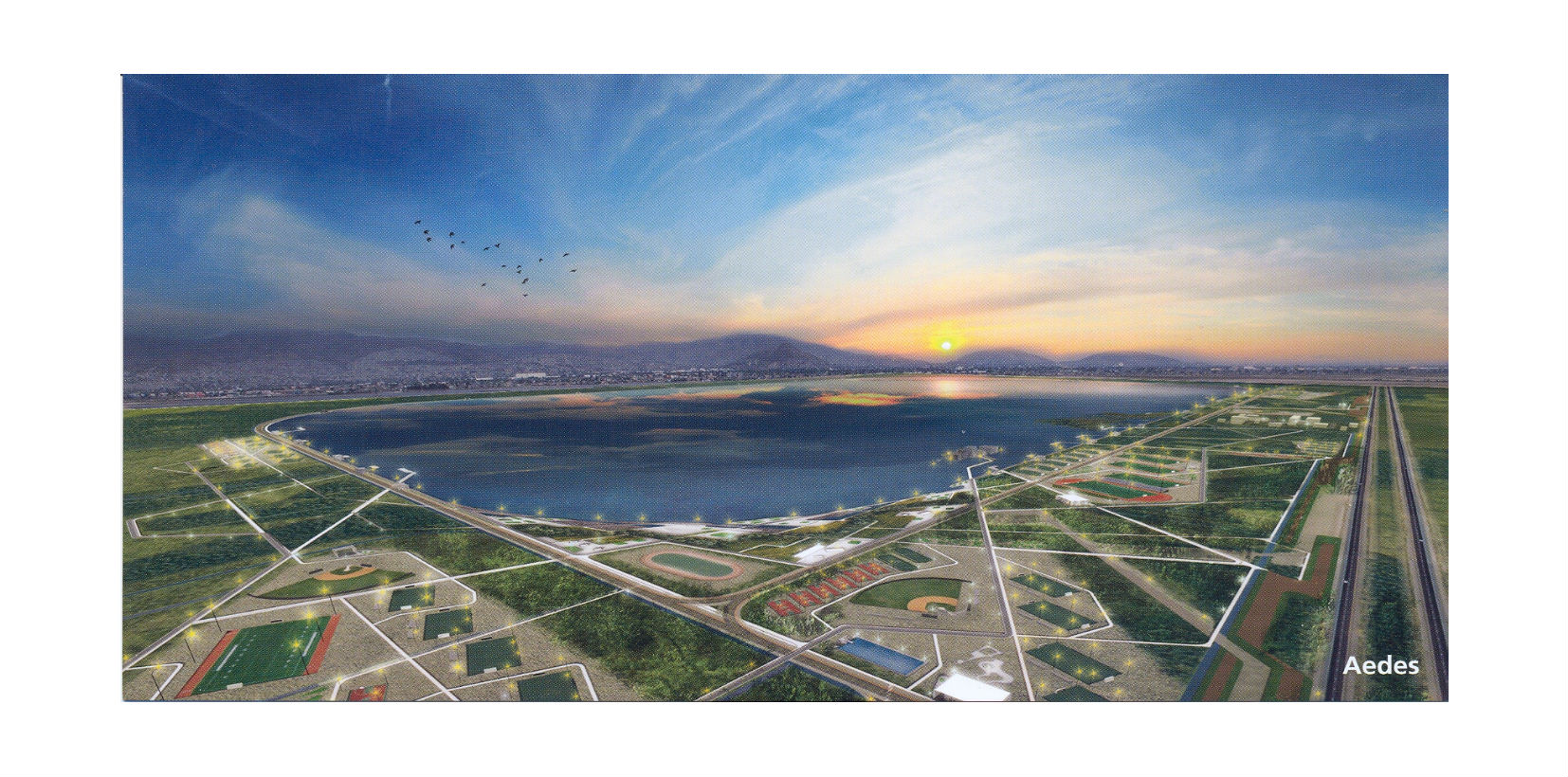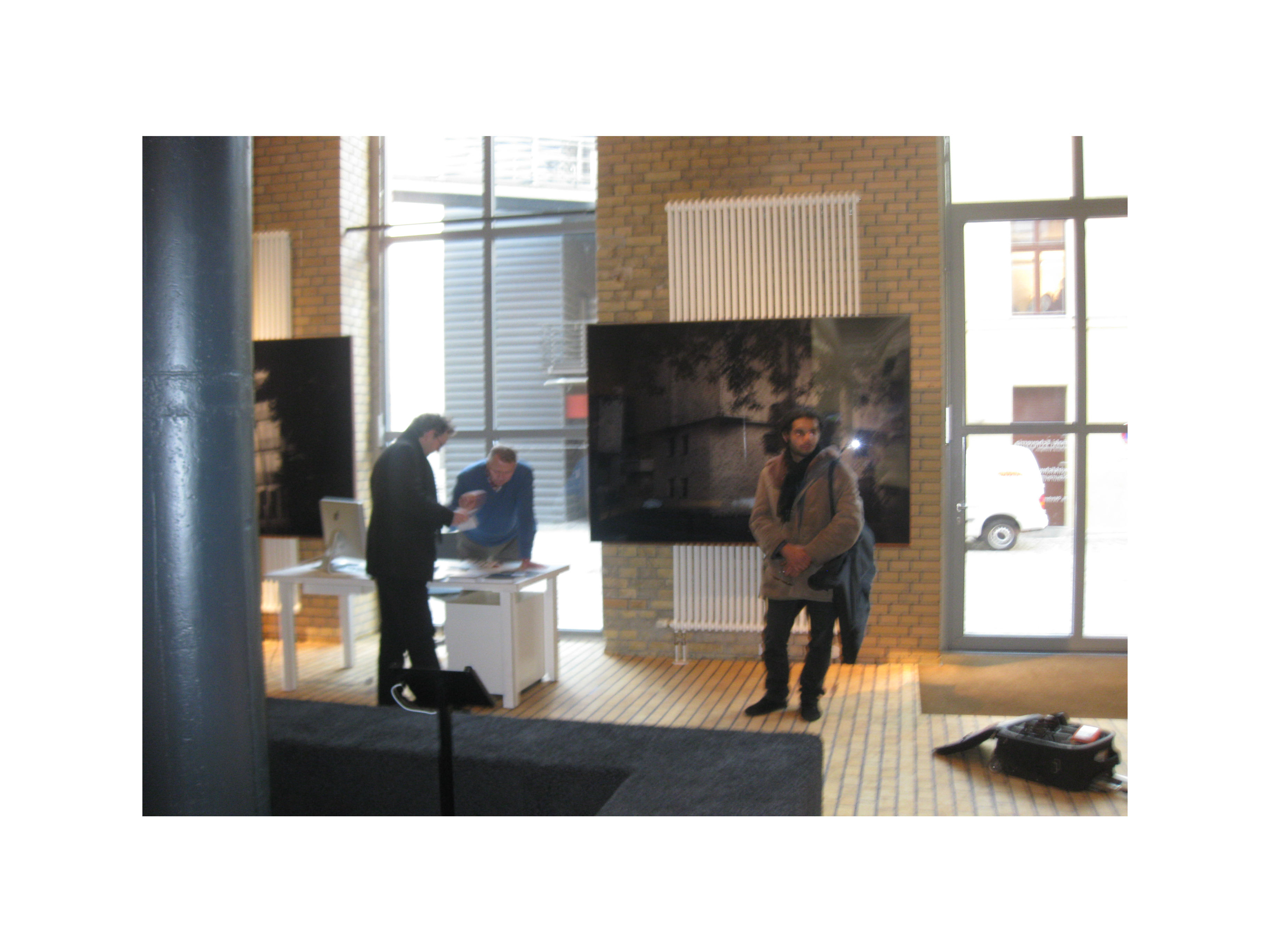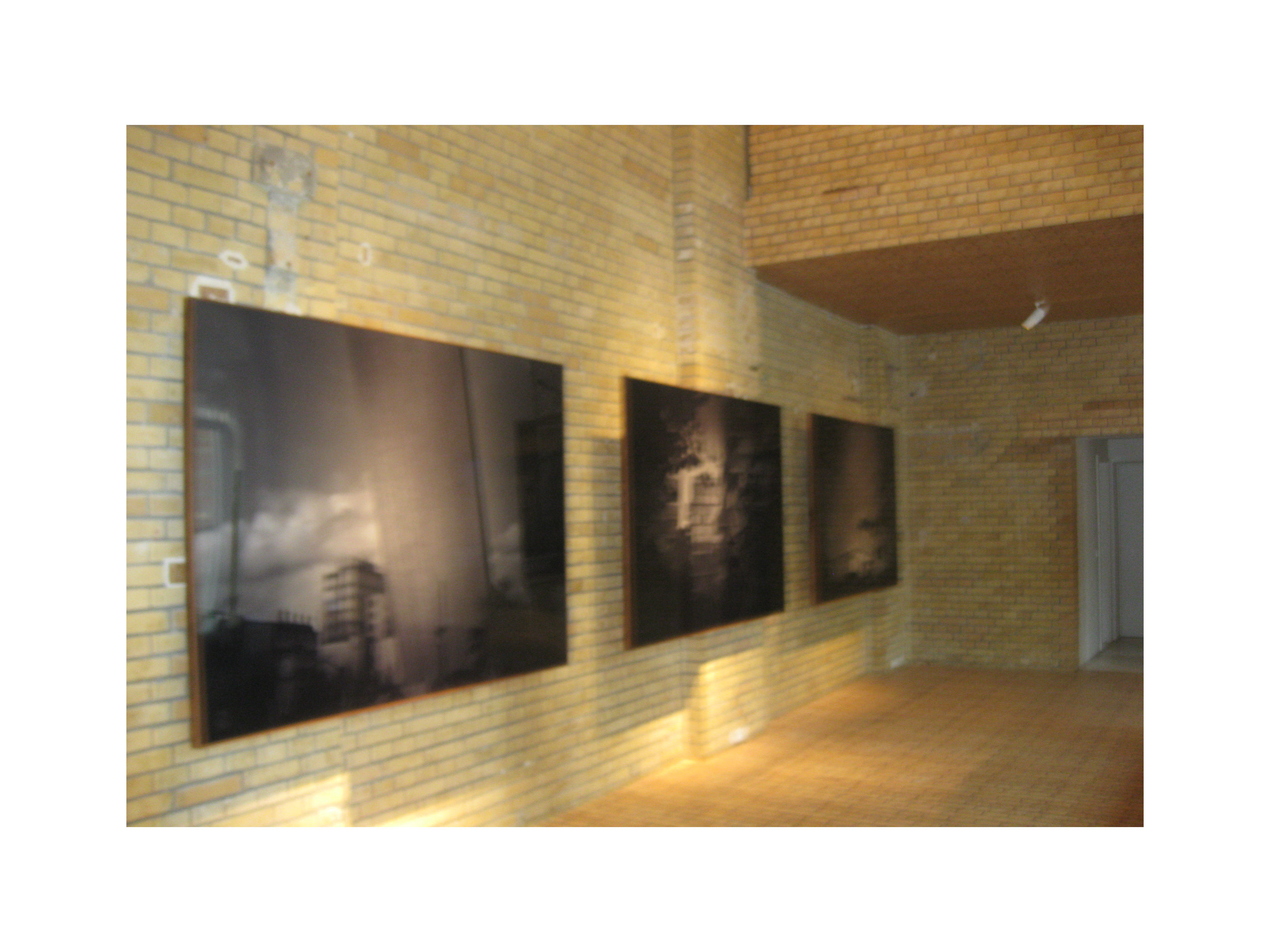Aedes am Pfefferberg
Aedes am Pfefferberg, Studio
Christinenstraße 18 - 19
10119 Berlin

Inaki Echeverria, Mexico City
Exhibition about Cultural Ecologies: Texcoco Lake Ecological Park, Mexico Duration of exhibition: 28.10 until 4.12.2011 It Aedes exhibits work - architectural designs linked to nature - by the architect and landscape urbanist Inaki Echeverria. Involved in a huge project he wants to create a huge urban park (145 000 000 sqm). The aim of this urban park is to interlink public land with a new kind of urban infrastructure involving water. It is based not merely on reclaiming land, but links in accordance with this new concept of 'urban ecology', three main components:
nature culture infrastructure
Such a project reflects equally some of the global scales instigating completely new interventions. One needs only to look at Dubai as trend setter to comprehend the full scale of artificial cities and urban landscapes going well beyond the Garden City movement between the First and Second World War.
Moreover, this mixture of water and land was successfully enacted upon by Expo '67 in Montreal when converting two islands in the St. Lawrence River into exhibition sites.
The grand scale of design shows the impact of transportation as mode of movement, and this not necessarily by car or individual transportation, but by means of new forms of public transportation.
Several questions arise out of this futuristic orientation towards architecture within urban space. It is known what plans are being developed all the time by architectures who are sponsored by construction companies to undertake novel experiments. In Paris discussions about the future of that city foresee already an urbanized space along the Seine all the way from Notre Dame island to the sea. The question would be if this over extends any human scale and reinforces a new wave of alienation in already estranged cities which have no longer any connection despite all infrastructures and various urban districts, sub-urbanian environments included. The shift in focus follows the lead of what technology makes possible to extend the scale but this change exceeds any human experience and how human stories unfold. But can the term 'human scale' replace as a demand the normative thought about humanity and the need to overcome alienation? That would be a classical question in need to be reformulated before such powerful models for future urban interventions could be discussed in a context where other questions could join this initial one.
The premise of the Aedes gallery
« Pfefferwerk | Galleries on Potsdamer Street »



